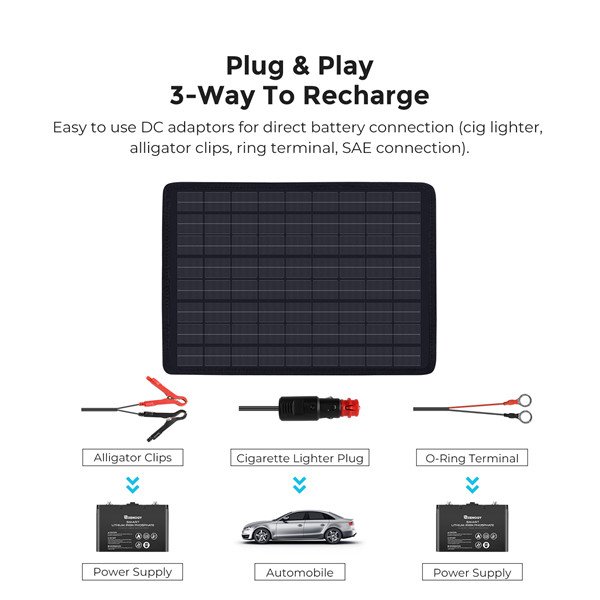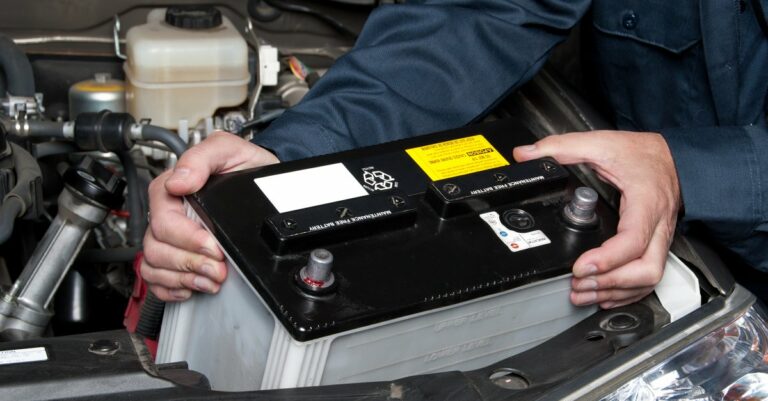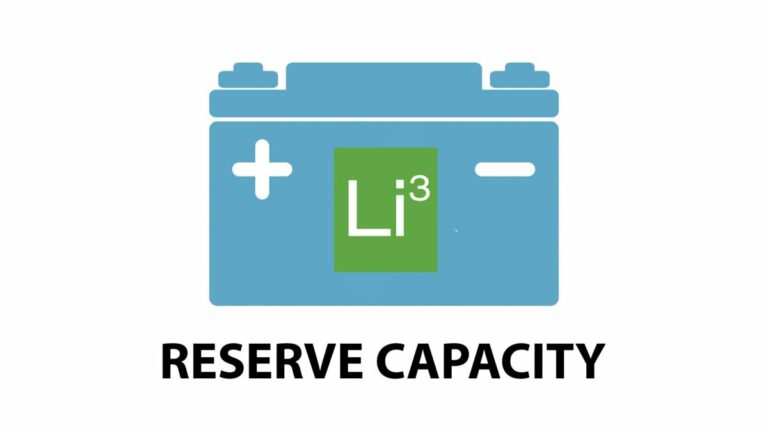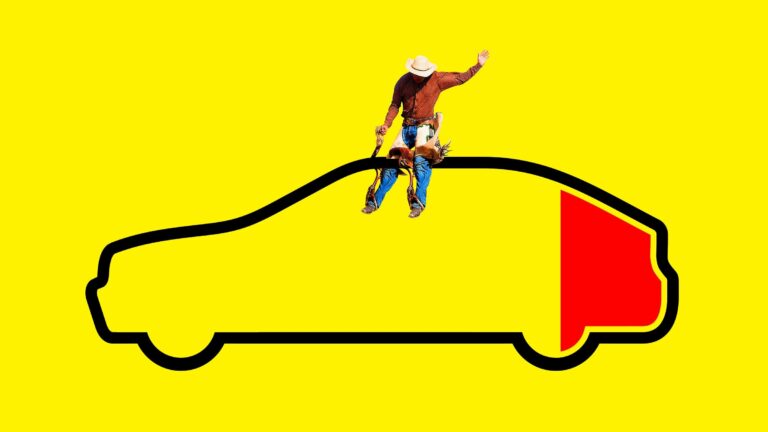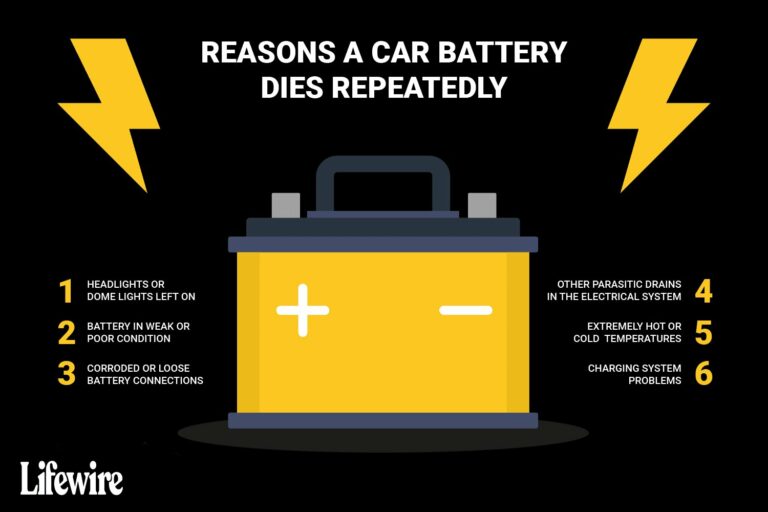Efficiently Charge Car Battery: Solar Trickle Charger Guide
Looking for a way to charge your car battery using a solar trickle charger? You’re in luck! In this article, we’ll walk you through the simple steps to keep your car’s battery juiced up and ready to go, all while harnessing the power of the sun. No more worrying about a dead battery or relying on traditional charging methods. With a solar trickle charger, you’ll have a sustainable and convenient solution at your fingertips. So, let’s dive right in and learn how to charge a car battery using a solar trickle charger!
How to Charge a Car Battery Using a Solar Trickle Charger?
Charging a car battery using a solar trickle charger is not only an eco-friendly option but also a convenient one. With the abundance of solar energy, this method allows you to charge your car battery using the power of the sun. In this guide, we will walk you through the step-by-step process of charging your car battery using a solar trickle charger, ensuring that your battery remains charged and ready to go whenever you need it.
Section 1: Understanding Solar Trickle Chargers
Before we dive into the process of charging a car battery with a solar trickle charger, it’s essential to understand what a solar trickle charger is. Here, we will discuss the basics of solar trickle chargers and their benefits.
A solar trickle charger is a device that harnesses solar energy to recharge and maintain the charge of a car battery over an extended period. Unlike traditional battery chargers that require a power source, a solar trickle charger uses sunlight to generate electricity and charge the battery gradually.
The benefits of using a solar trickle charger include:
- Portability: Solar trickle chargers are compact and can be easily carried around, making them ideal for outdoor activities or emergencies.
- Cost-effectiveness: Since solar energy is free, using a solar trickle charger can help save money in the long run.
- Eco-friendly: By utilizing renewable energy, solar trickle chargers contribute to a greener environment by reducing reliance on fossil fuels.
- Long battery life: Regular trickle charging helps extend the lifespan of car batteries by preventing deep discharging and sulfation.
Section 2: Choosing a Suitable Solar Trickle Charger
To effectively charge your car battery, it’s crucial to select a suitable solar trickle charger. Here are some factors to consider when choosing the right one:
1. Wattage
The wattage of a solar trickle charger determines its charging speed. Higher wattage chargers generate more power and charge the battery faster. Consider the battery size and your charging needs when selecting the appropriate wattage.
2. Portability
If you require a solar trickle charger for outdoor activities or emergencies, portability is essential. Look for lightweight and compact chargers that are easy to carry.
3. Durability
Since solar trickle chargers are often used outdoors, they should be durable enough to withstand various weather conditions. Look for chargers with weather-resistant materials and sturdy construction.
4. Built-in Features
Some solar trickle chargers come with additional features like a charge controller, LED indicators, and overcharge protection. These features can enhance the charger’s functionality and protect your battery from potential damage.
Section 3: Preparing Your Car Battery and Solar Trickle Charger
Now that you have a better understanding of solar trickle chargers and have chosen the right one for your needs let’s move on to preparing your car battery and the charger for the charging process.
1. Inspection and Maintenance
Before connecting the solar trickle charger, inspect your car battery for any signs of damage, leaks, or corrosion. If you notice any issues, address them before proceeding with the charging process. Additionally, make sure the battery terminals are clean and free from corrosion.
2. Locate a Suitable Charging Area
Position your vehicle in a well-ventilated area that receives ample sunlight throughout the day. Ensure that the solar panel of the trickle charger faces the sun directly. Keep in mind that shade or obstructions can reduce the charger’s efficiency.
3. Connect the Solar Trickle Charger
Connect the positive (red) alligator clip of the solar trickle charger to the positive terminal of the car battery. Likewise, connect the negative (black) alligator clip to the negative terminal. Ensure a secure connection, as loose clips may lead to inefficient charging.
Section 4: Monitoring the Charging Process
Monitoring the charging process is essential to ensure everything is working correctly and your battery is charging effectively. Here’s how you can keep an eye on the charging progress:
1. Indicator Lights
Some solar trickle chargers come with LED indicator lights that display the charging status. These lights typically indicate whether the charger is receiving sunlight and if the battery is charging or fully charged.
2. Voltage Reading
You can use a voltmeter to measure the voltage of your car battery before and during the charging process. This will give you an idea of how effectively the solar trickle charger is charging the battery.
Section 5: Charging and Maintenance Considerations
While solar trickle chargers are relatively easy to use, there are some important considerations to keep in mind:
1. Charging Time
Charging a car battery using a solar trickle charger typically takes longer compared to traditional chargers. The charging time can vary depending on factors such as the charger’s wattage, battery capacity, and sunlight availability. It’s important to allocate enough time when using a solar trickle charger.
2. Weather Conditions
Cloudy or overcast weather can have an impact on the charging efficiency of a solar trickle charger. If the weather conditions are not ideal, it may take longer to charge your battery fully. Consider this when planning your charging schedule.
3. Regular Maintenance
To ensure optimal performance, regularly inspect the solar panel of the charger for any dirt or debris. Cleaning the panel with a soft cloth and mild detergent can help maintain its efficiency. Additionally, check the connections between the charger and battery periodically to ensure they remain secure.
4. Battery Storage
If you plan to store your car for an extended period, it’s advisable to disconnect the solar trickle charger once the battery is fully charged to prevent overcharging. Overcharging can lead to battery damage.
Section 6: Conclusion
Charging a car battery using a solar trickle charger is a practical and environmentally-friendly option, especially for outdoor enthusiasts and those seeking alternative charging methods. By following the steps outlined in this guide and considering the necessary factors, you can effectively charge and maintain your car battery using solar energy. Remember to choose the right solar trickle charger, ensure proper preparation, and monitor the charging process. With the sun’s power at your disposal, you can keep your car battery charged and ready to hit the road whenever you need it.
No More Dead Batteries With Solar Trickle Chargers
Frequently Asked Questions
How do I charge a car battery using a solar trickle charger?
To charge a car battery using a solar trickle charger, follow these steps:
Can I use any solar panel to charge my car battery?
No, it is important to use a solar trickle charger specifically designed for charging car batteries. A regular solar panel may not provide the correct voltage and current needed to properly charge a car battery.
Where should I place the solar trickle charger for car battery charging?
Position the solar trickle charger in a location that receives maximum sunlight exposure throughout the day. It is recommended to place it on the dashboard or hang it on the windshield to ensure efficient charging.
Do I need to disconnect the battery from the car before using a solar trickle charger?
It is not necessary to disconnect the battery from the car when using a solar trickle charger. However, if you plan to charge the battery for an extended period, it is recommended to disconnect it to avoid any potential electrical issues.
How long does it take to fully charge a car battery using a solar trickle charger?
The charging time can vary depending on several factors, such as the battery’s capacity, the amount of sunlight available, and the charger’s efficiency. Generally, it can take anywhere from a few hours to a couple of days to fully charge a car battery using a solar trickle charger.
Can I use a solar trickle charger to jump-start a dead car battery?
No, a solar trickle charger is not designed to jump-start a dead car battery. It is primarily used to maintain the battery’s charge and prevent it from draining over time. For jump-starting a dead battery, you would need a different type of charger or jumper cables.
Final Thoughts
Using a solar trickle charger to charge a car battery offers a convenient and eco-friendly solution. It harnesses the power of the sun to replenish your battery’s charge, eliminating the need for mains electricity. By simply connecting the trickle charger to your battery, it slowly charges over time, ensuring a steady and reliable source of power. This method is not only cost-effective but also promotes sustainability. So, next time you find yourself in need of a battery charge, consider utilizing a solar trickle charger to keep your car running efficiently and contribute to a greener environment.
